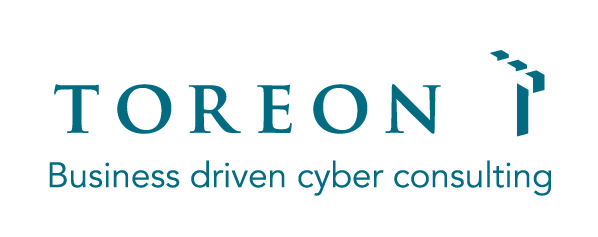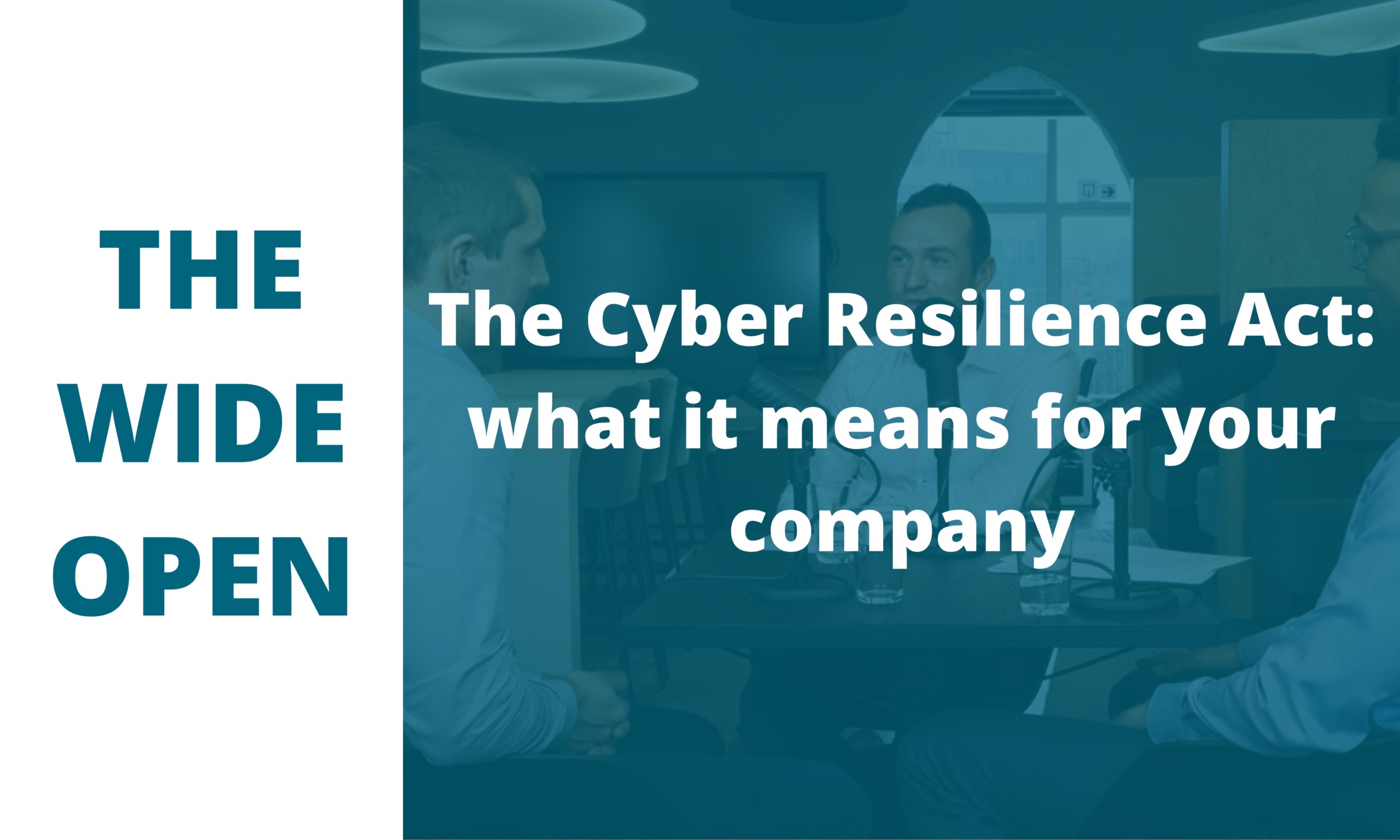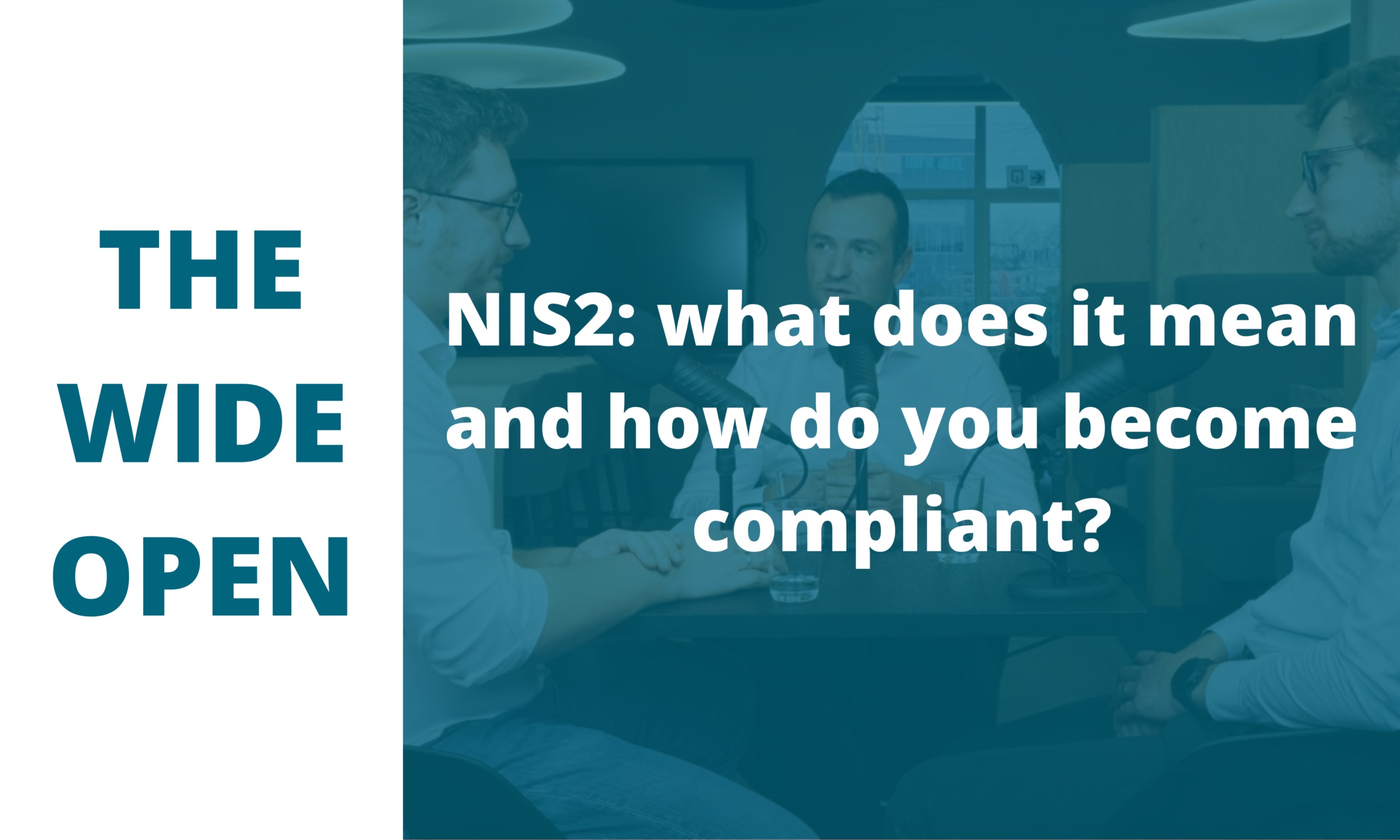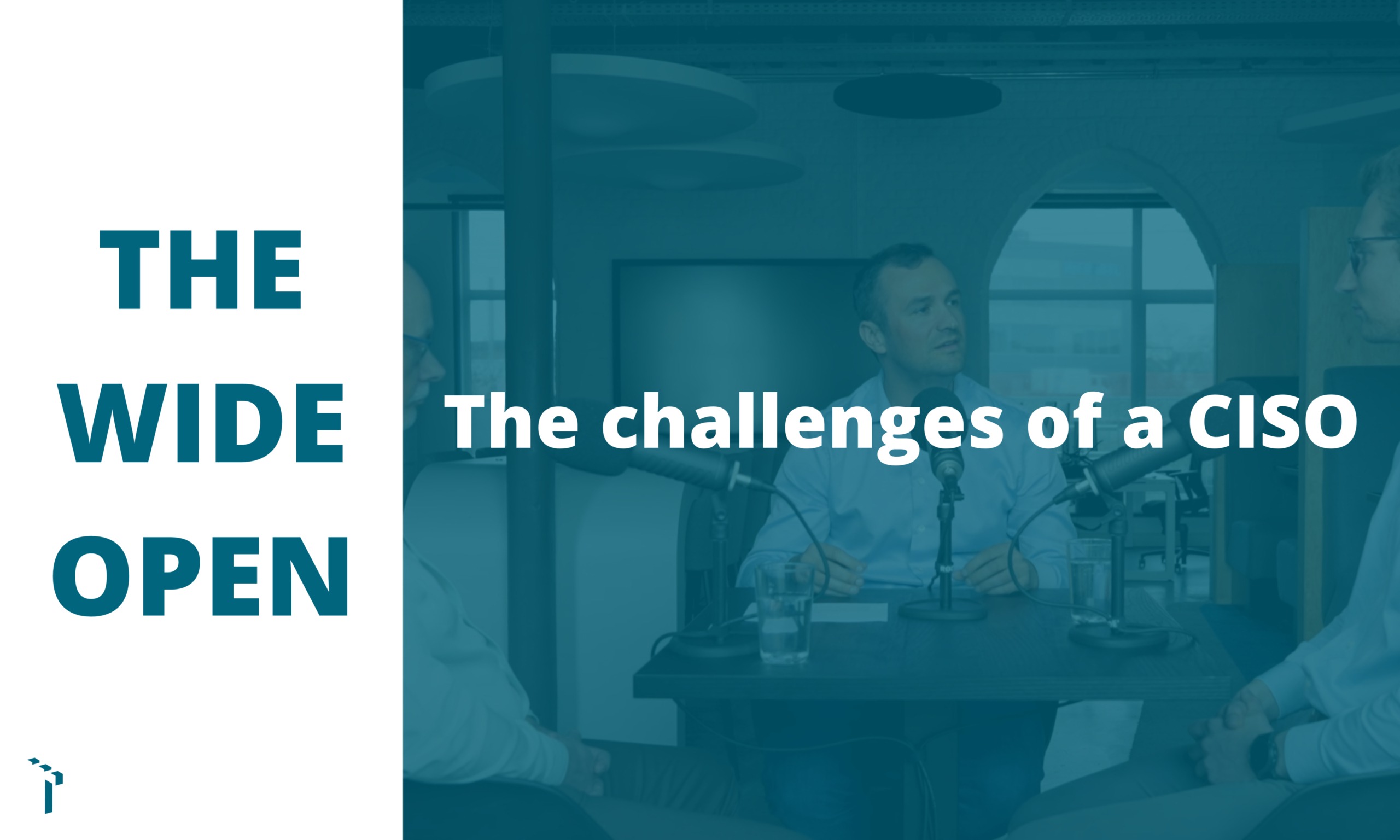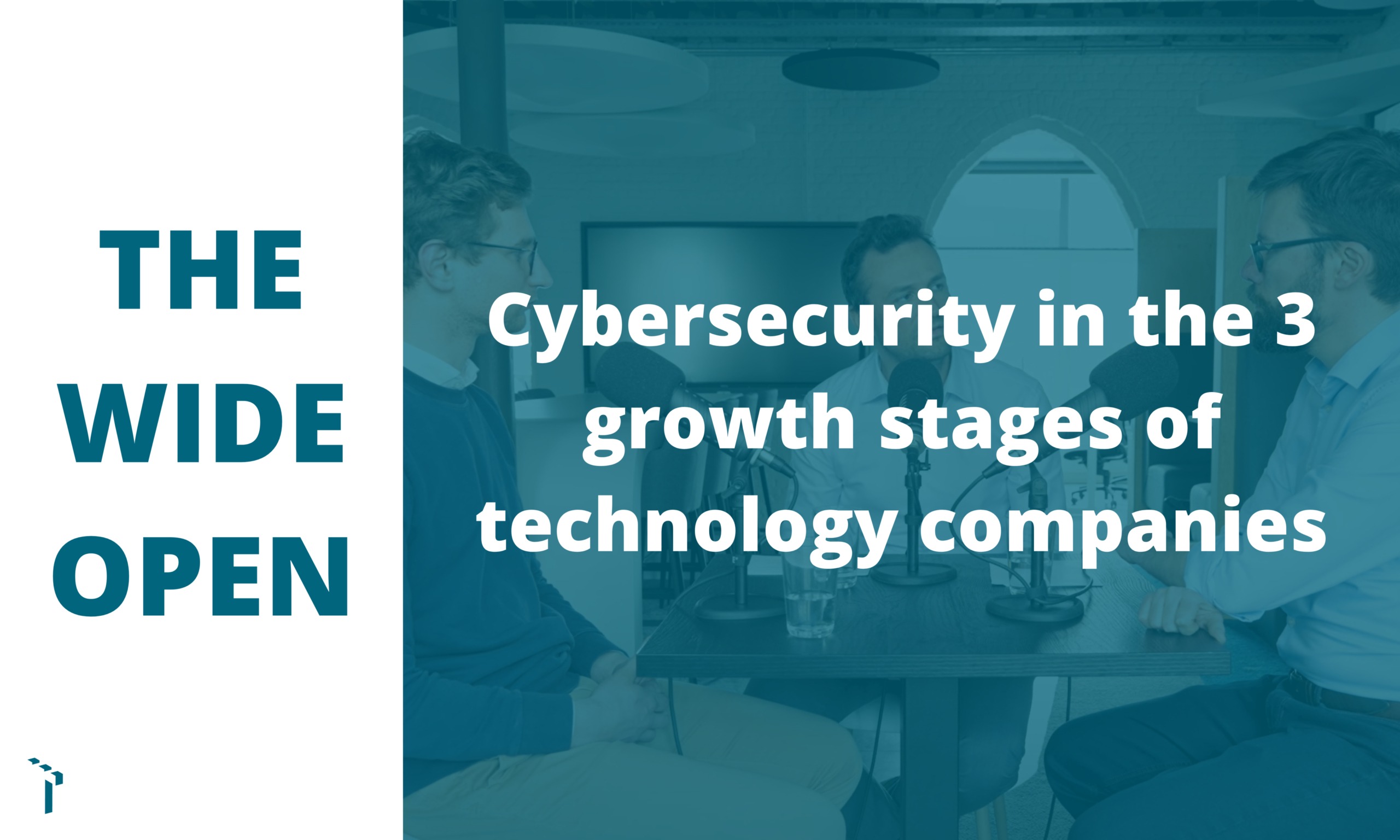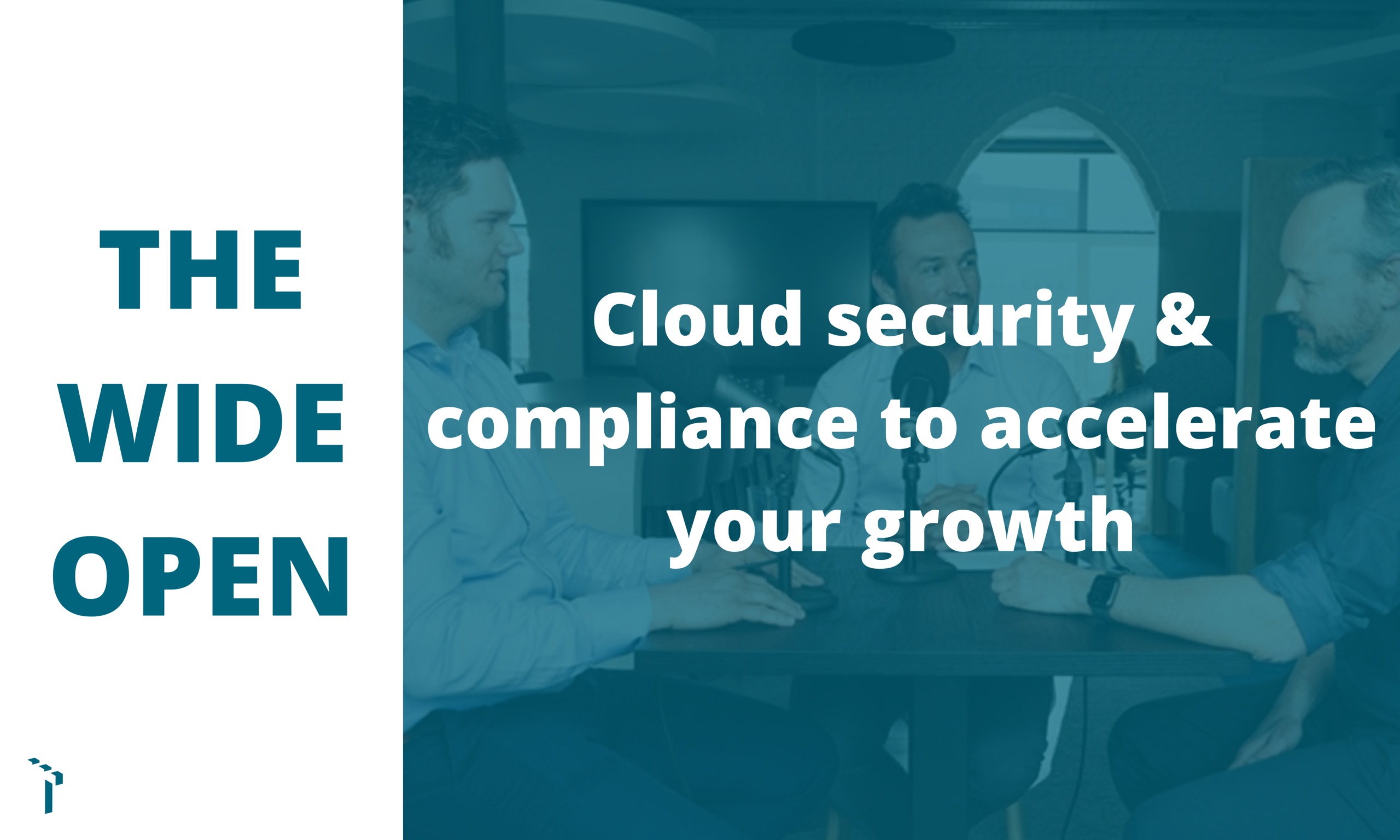Everything that is IT infrastructure has now become a commodity, so every company does this more or less in the same way. As an end customer, especially in a B2B context, you can no longer make a difference in this respect.
However, an application is different. It’s a unique experience that every company can offer to its end customers in order to create a unique bond. That’s why it is important to have the organisation build it itself. But on the security side, we see that those applications are often hacked.
